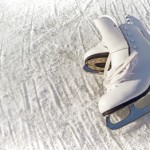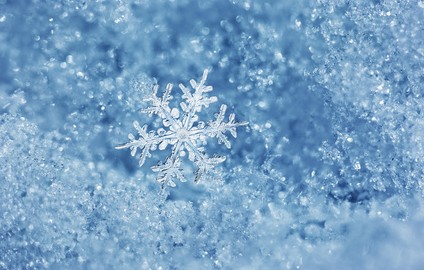One of the questions we get most often in our Oakville Physio, Massage, and Foot Clinic is whether to use heat or ice. |This seems like an easy question with a clear cut answer for our Physios, Registered Massage Therapists, Yoga Therapist and Chiropodist to answer. Unfortunately, like most things in health care, the answer isn’t black or white, but rather a confusing shade of grey. Both heat and ice have been heavily researched for their therapeutic effects over the years, yet it doesn’t seem we are any closer in the Physiotherapy Profession to reaching consensus. For Physios, this makes a recommendation difficult, even for someone who is trained in the area.
It helps to know how these things work.
Heat
Without getting too detailed, heat works by stimulating nerve fibres which inhibit, or restrict, pain fibres. This is good. Theoretically, it can also increase blood flow to the area impacted – sometimes good. This is especially true for moist heat as opposed to dry (think how uncomfortable you get on a humid day).
Cold / Ice
Cold works in the opposite direction of heat. It stimulates those same inhibitory fibres while also slowing down the conduction speed of actual pain fibres. As well, your body responds to cold by constricting blood vessels to the area – a protective mechanism that ensures the body survives, even if it means sacrificing an area of tissue on the outside of the body. This makes it more difficult for nerves to transmit signals that result in the sensation of pain.
Historically, clinicians have generally recommended ice for acute – meaning new – injuries, as a way to control inflammation. Conversely, we have suggested heat for chronic – old – issues that need a little blood flow to get moving again. Unfortunately, these guidelines are mostly based on what we THINK happens, not on what we know from rigorous, peer-reviewed research. A pair of systematic reviews (studies which consolidate information from a large number of other studies that meet specific criteria) in the past decade suggest the cold has a minimal impact on function or level of disability after an ankle sprain.1,2 Another review was unable to detect a difference in the use of heat or cold in acute low back pain, though both seem to help with pain control.3 A more recent clinical review (like a systematic review, except it doesn’t necessarily cover all available evidence and is overall less rigorous) concluded that available evidence is inconsistent at best and recommendations should be based on clinical judgment.4
as a way to control inflammation. Conversely, we have suggested heat for chronic – old – issues that need a little blood flow to get moving again. Unfortunately, these guidelines are mostly based on what we THINK happens, not on what we know from rigorous, peer-reviewed research. A pair of systematic reviews (studies which consolidate information from a large number of other studies that meet specific criteria) in the past decade suggest the cold has a minimal impact on function or level of disability after an ankle sprain.1,2 Another review was unable to detect a difference in the use of heat or cold in acute low back pain, though both seem to help with pain control.3 A more recent clinical review (like a systematic review, except it doesn’t necessarily cover all available evidence and is overall less rigorous) concluded that available evidence is inconsistent at best and recommendations should be based on clinical judgment.4
But what does it all MEAN Basil?
What does all this mean for you? In a nutshell, it seems that both heat and cold are able to help control pain, but have minimal short and long term impacts on function or levels of disability. Neither seems to make people worse, and there does not seem to be a tremendous physiological impact either way. In short, use what makes you feel good. Cold is a good place to start for fresh injuries to joints in the arms and legs, while heat might be your default for back pain. Neither is required. Neither is strongly recommended. If it doesn’t work, don’t use it. If heat works better for your hand pain and cold for your back pain, go ahead. And then follow up with your friendly neighbourhood Oakville / Palermo Physiotherapist for an assessment and perhaps longer term solutions and management for your issue.
Tim Childs, PT
Registered Physiotherapist
MScPT, BA Kin
References:
van den Bekerom MP, Struijs PA, Blankevoort L, Welling L, van Dijk CN, Kerkhoffs GM. What is the evidence for rest, ice, compression, and elevation therapy in the treatment of ankle sprains in adults? J Athl Train 2012;47:435–43.Bleakley C, McDonough S, MacAuley D. The use of ice in the treatment of acute soft-tissue injury: a systematic review of randomized controlled trials. Am J Sports Med 2004;32:251–61French SD, Cameron M, Walker BF, Reggars JW, Esterman AJ. Superficial heat or cold for low back pain. Cochrane Database Syst Rev 2006:CD004750Gerard A. Malanga, Ning Yan & Jill Stark (2015) Mechanisms and efficacy of heat and cold therapies for musculoskeletal injury, Postgraduate Medicine, 127:1, 57-65, DOI: 10.1080/00325481.2015.992719


